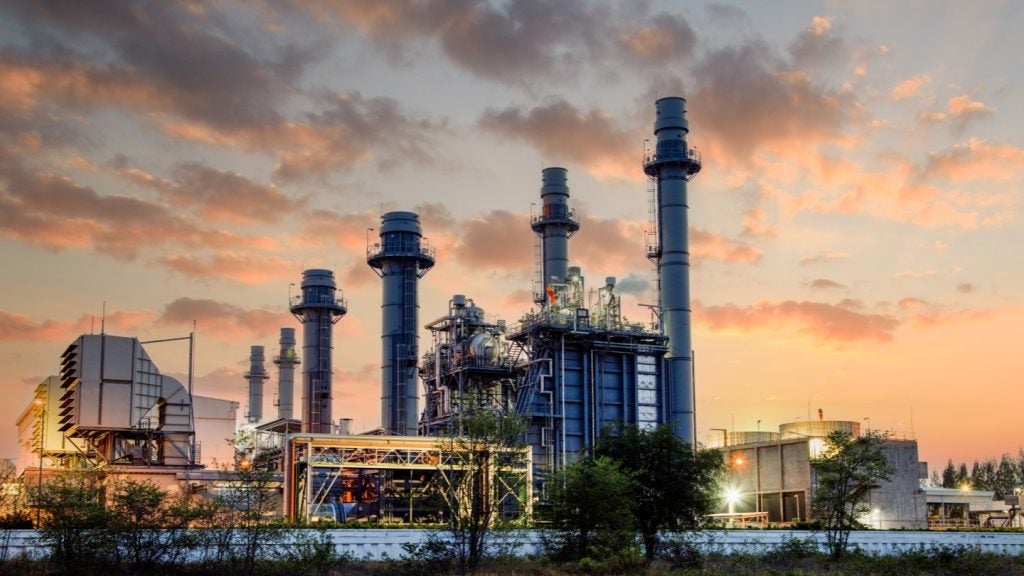
Scientists have observed a new form of methane production that has been dubbed “a ‘holy grail’ of energy science”.
A team of biochemists from Utah State University and the University of Washington has reported a variation in the process of nitrogenase which can “transform carbon dioxide into methane in a single, enzymatic step”. Typically, nitrogenase is the conversion of nitrogen gas to ammonia, but this variant is a process that uses iron exclusively to achieve a more industrially useful result.
Methane comprises 87% of natural gas, a valuable, yet economically unstable fuel. The price of the fuel in the US has fluctuated significantly and fallen considerably, from a peak of $9.01 per million British thermal units in 2008 to $2.88 in 2016, almost equal to the price of coal at $2.12. An increase in reliable methane production may help to reverse this decline.
The Union of Concerned Scientists also reported on the usefulness of natural gas, over fuel such as coal, in the short and medium-term: “burning natural gas instead of coal could help reduce air pollution, providing immediate public health and environmental benefits”.
Methane has been called “the lowest-cost conventional energy source available for residential use” by the American Gas Supply Association. It also has potential for use in distributed generation systems, where it can be used to supplement natural gas a source of power.
“Our findings are significant because they give scientists a second target to chase in understanding biological methane formation and rising methane emissions,” said Professor Lance Seefeldt of Utah State University. “In addition, the discovery could drive efforts to turn waste gases into usable fuels.”
How well do you really know your competitors?
Access the most comprehensive Company Profiles on the market, powered by GlobalData. Save hours of research. Gain competitive edge.

Thank you!
Your download email will arrive shortly
Not ready to buy yet? Download a free sample
We are confident about the unique quality of our Company Profiles. However, we want you to make the most beneficial decision for your business, so we offer a free sample that you can download by submitting the below form
By GlobalDataHistorically, methane has only been known to be produced in two ways: through the exposition of biomass to extremely high pressure and temperatures, as is the case with many non-renewable sources of energy, and in the decomposition of organic matter, a process known as methanogenesis. The potential for a third process was observed by Seefeldt’s team in 2016.
Their observations were first published in a paper entitled ‘Light-driven carbon dioxide reduction to methane by nitrogenase in a photosynthetic bacterium’ in Proceedings of the National Academy of Sciences. The paper names Rhodopseudomonas palustris as the variant strain of the bacterium involved in nitrogenase responsible for the conversion of carbon dioxide to methane.
“R. palustris has clear advantages as a system to develop the use of a remodelled nitrogenase in synthetic biology,” commented Seefeldt. “One is that active remodelled nitrogenase can be produced constitutively.”
The report also claimed that the strain “can meet the high ATP requirement for CH4 (methane) production,” making the process unique in its ability to produce the large amounts of energy required for the conversion to take place.






